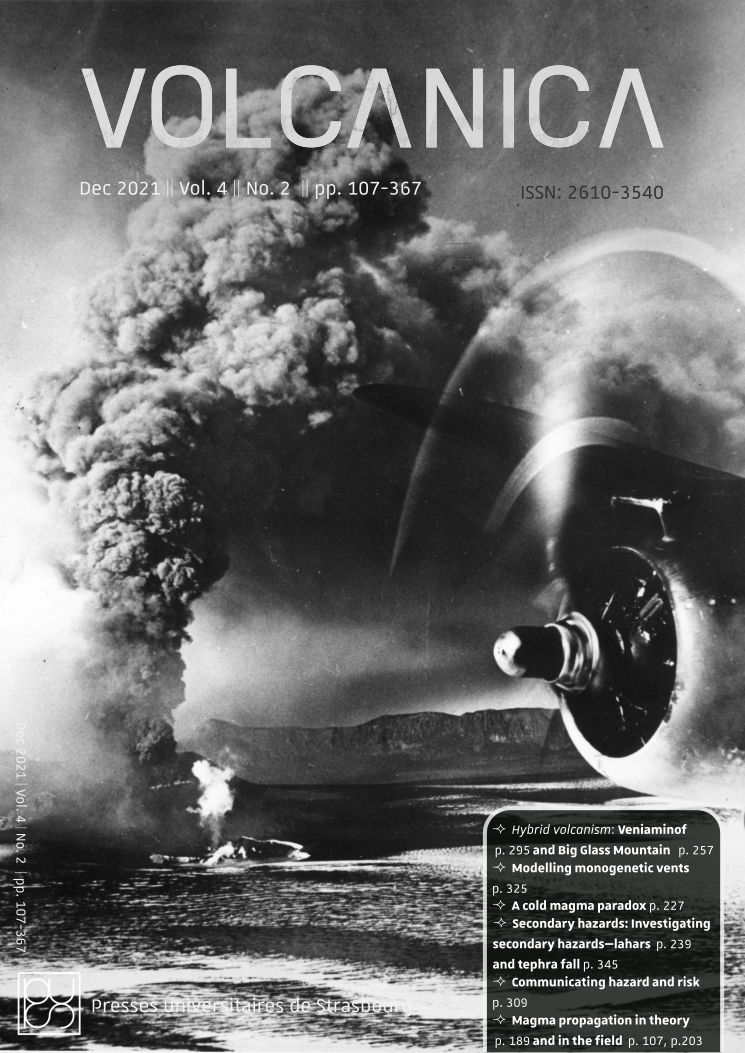Segment tip geometry of sheet intrusions, I: Theory and numerical models for the role of tip shape in controlling propagation pathways
Main Article Content
Abstract
Inferences about sheet intrusion emplacement mechanisms have been built largely on field observations of intrusion tip zones: magmatic systems that did not grow beyond their observed state. Here we use finite element simulation of elliptical to superelliptical crack tips, representing observed natural sill segments, to show the effect of sill tip shape in controlling local stress concentrations, and the potential propagation pathways. Stress concentration magnitude and distribution is strongly affected by the position and magnitude of maximum tip curvature κmax. Elliptical tips concentrate stress in-plane with the sill, promoting coplanar growth. Superelliptical tips concentrate maximum tensile stress (σmax) and shear stress out-of-plane of the sill, which may promote non-coplanar growth, vertical thickening, or coplanar viscous indentation. We find that σmax = Pe(1+ 2(√[aκmax]), where Pe is magma excess pressure and a is sill half length. At short length-scales, blunted tips locally generate large tensile stresses; at longer length-scales, elliptical-tipped sills become more efficient at concentrating stress than blunt sills.
Downloads
Article Details

This work is licensed under a Creative Commons Attribution 4.0 International License.
© The Author(s).
Submission of an original manuscript to Volcanica will be taken to mean that it represents original work not previously published, and not being considered for publication elsewhere.
The Creative Commons Attribution 4.0 International License permits unrestricted use, distribution, and reproduction in any medium, provided you give appropriate credit to the original author(s) and the source, provide a link to the Creative Commons license, and indicate if changes were made.
Accepted 2021-10-01
Published 2021-10-18





